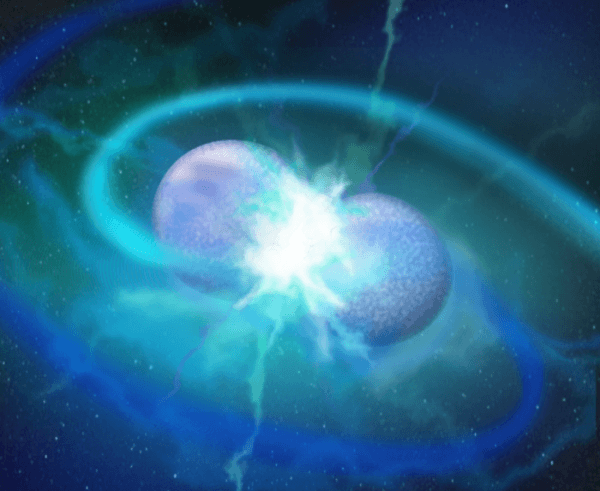A team of German astronomers, led by Professor Klaus Werner of the University of Tübingen, have discovered a strange new type of star covered in the by-product of helium burning. It is possible that the stars might have been formed by a rare stellar merger event. The fascinating results are published in Monthly Notices of the Royal Astronomical Society.
While normal stars have surfaces composed of hydrogen and helium, the stars discovered by Werner and his colleagues have their surfaces covered with carbon and oxygen, the ashes of helium burning – an exotic composition for a star. The situation becomes more puzzling as the new stars have temperatures and radii that indicate they are still burning helium in their cores – a property typically seen in more evolved stars than those observed by Werner and his team in this study.
Published alongside the work of Professor Werner and his team, a second paper from a group of astronomers from the University of La Plata and the Max Planck Institute for Astrophysics offers a possible explanation for their formation. “We believe the stars discovered by our German colleagues might have formed in a very rare kind of stellar merger event between two white dwarf stars”, says Dr Miller Bertolami of the Institute for Astrophysics of La Plata, lead author of the second paper. White dwarfs are the remnants of larger stars that have exhausted their nuclear fuel, and are typically very small and dense.
Read more at Royal Astronomical Society
Image: Artist's impression of a rare kind of stellar merger event between two white dwarf stars. (Credit: Nicole Reindl)


